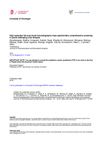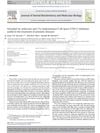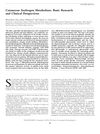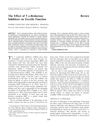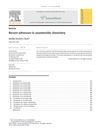Metabolic Study of Androsta-1,4,6-Triene-3,17-Dione in Horses Using Liquid Chromatography/High Resolution Mass Spectrometry
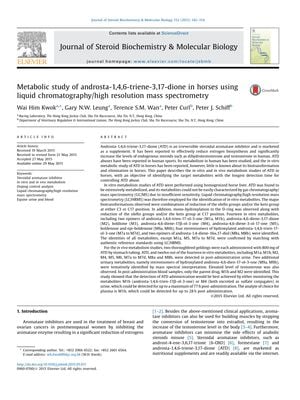
TLDR The study found that urine metabolites M1b or M4 are the best indicators of ATD use in horses, with detection possible up to 77 hours in urine and 28 hours in blood.
The study focused on the metabolism of androsta-1,4,6-triene-3,17-dione (ATD) in horses, a substance banned in equine sports due to its ability to increase testosterone levels. Researchers conducted both in vitro and in vivo experiments, the latter involving two thoroughbred geldings administered with 800 mg of ATD. They identified fourteen metabolites in vitro and detected twelve of these in the horses' urine and three in blood using liquid chromatography/high-resolution mass spectrometry (LC/HRMS). The study concluded that urine metabolites M1b or M4 were the best markers for detecting ATD use in horses, with detection windows of up to 77 hours in urine and 28 hours in plasma for M1b. Additionally, the study provided limits of detection for ATD and its metabolites in urine and plasma, contributing to doping control efforts in horse racing. Elevated testosterone levels were also observed in urine following ATD administration.
